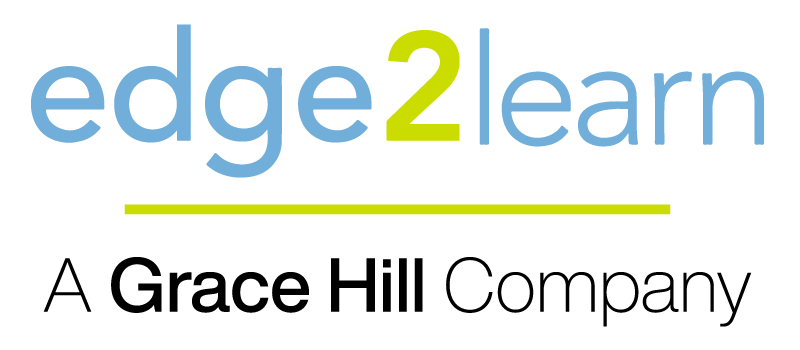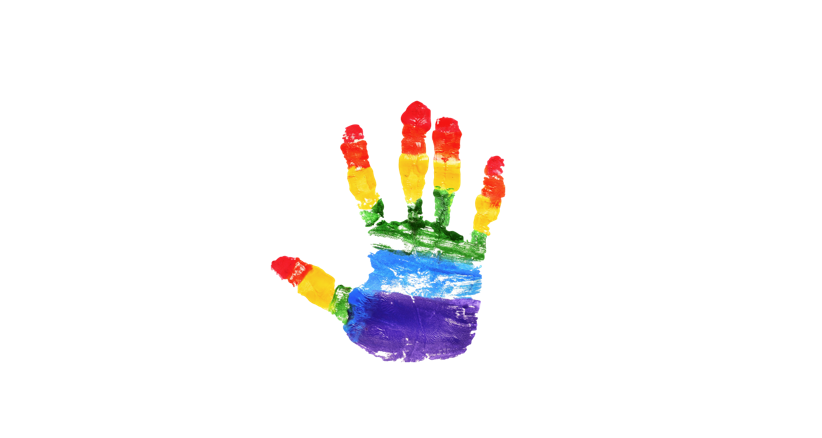Diversity encompasses a range of differences among people, some of which can be seen, such as race, gender, or national origin, and others which cannot, such as sexual orientation, religion, or background. Bias occurs not because of the differences themselves but because of an inability to embrace and celebrate the things that make us different or unique. When we actively seek to identify and eliminate bias in the workplace, we create an environment where everyone can thrive.
What causes bias in the first place? Often, bias is rooted in stereotypes. A stereotype is defined as a widely held but fixed and oversimplified image of an idea of a particular type of person. Stereotypes are problematic because they are:
- Quickly Formed – They are created with limited exposure and data.
- Persistent – Stereotypes are resistant to change; even when presented with conflicting data, the idea doesn’t change, and the conflicting data is assumed to be an exception.
- Easy to Justify – When we meet a person who behaves consistently with the stereotype, this is seen as confirmation of the stereotype’s legitimacy.
- Two-Sided Coins – We can find ourselves on either side; the believer of a stereotype or the “victim” of someone else’s belief of one.
- Self-Fulfilling Prophecies – Some people, when labeled with a stereotype long enough, may begin to believe it to be true about themselves.
There are several factors which influence the creation and permanence of stereotypes, including:
- Socialization – Our family and friends, the people we associate with, and the people we are exposed to in our communities can influence our beliefs in stereotypes.
- Media – Television, news, movies and other forms of media create a strong influence on stereotypes. Different groups of people are portrayed in ways consistent with stereotypes in much of the different media mediums.
- Experiences – Our own personal experiences can also shape stereotypes. When we’ve had limited exposure to a different group of people, we may form ideas about the entire group based on a few interactions.
Once stereotypes are formed and believed, prejudice can occur. Prejudice is when we have a negative impression of a person or group of people based on little to no data and instead rooted in stereotypes. There are five stages of escalation of prejudice:
- Bias
- Avoidance/Language
- Discrimination
- Violence
- Genocide
Biases are not only formed against something; we can also have biases in favor of something. Everyone has biases, and not every bias is bad. However, when a bias is applied to people, it can create an unfair and inequitable situation, especially in the workplace. There are two types of biases: implicit and explicit. Implicit bias occurs without us consciously thinking about it, while Explicit bias is one we are
Aware of but may choose to conceal in the interest of social or political correctness actively. Our biases are influenced by all our experiences every day, and the good news is that biases can be changed or eliminated! Four problems created by bias in the workplace are:
- Unchecked language and behaviors can escalate to microaggressions.
- Missed opportunities to hire/promote the better candidate.
- Employee morale may suffer if sensing a lack of organizational fit.
- Increased risk of legal action.
So what can we do to avoid these problems and help to eliminate bias in the workplace? We all must contribute to affect real change. Below are actions you can take to do your part:
1. Identify Your Biases. We need to become introspective, identify our own biases, and become thoughtful in how we behave and make decisions.
2. Question the Validity. Once you have identified your biases, work to evaluate them, and educate yourself to debunk their validity.
3. Change Your Perceptions. Choose to adjust your perception and think it through. Your first thought impulse may not be correct; work to develop your ability to apply critical thinking.
Click here to access additional COVID-19 Multifamily Training Resources
Read more like this from Edge2Learn

Contributed by:
Kathy Vance
Property Management Content Strategist – Ellis Partners in Management Solutions, Edge2Learn
Kathy is an independent coach and consultant. Her career spans over 37 years in the apartment industry where she held roles onsite in leasing and management, as a regional manager with a portfolio of over 2300 apartment homes in 4 states, and in human resources supporting learning and development for over 1000 employees. Kathy has been a CAM instructor both in the classroom and online since 1999. She has a Bachelor’s degree in education from the University of Dayton and is a graduate of Accomplishment Coaching, an affiliate of the International Coach Federation. She currently works with Edge2Learn as the Content Curator – providing insights to make course content relevant to the industry.
Edge2Learn is an eLearning company whose focus is the Property Management Industry and specializes in property management training and multifamily education. With over 30 years of experience and a commitment to increase industry excellence, we are passionate about engaging learners to maximize benefits for both companies and employees. Aligned with a well-respected industry leader, Ellis, Partners in Management Solutions, the Edge2Learn platform provides a turnkey solution for clearly identified needs and opportunities. We prepare learners to deliver a superior customer experience and also reduce corporate liability risks and overall employee turnover.



